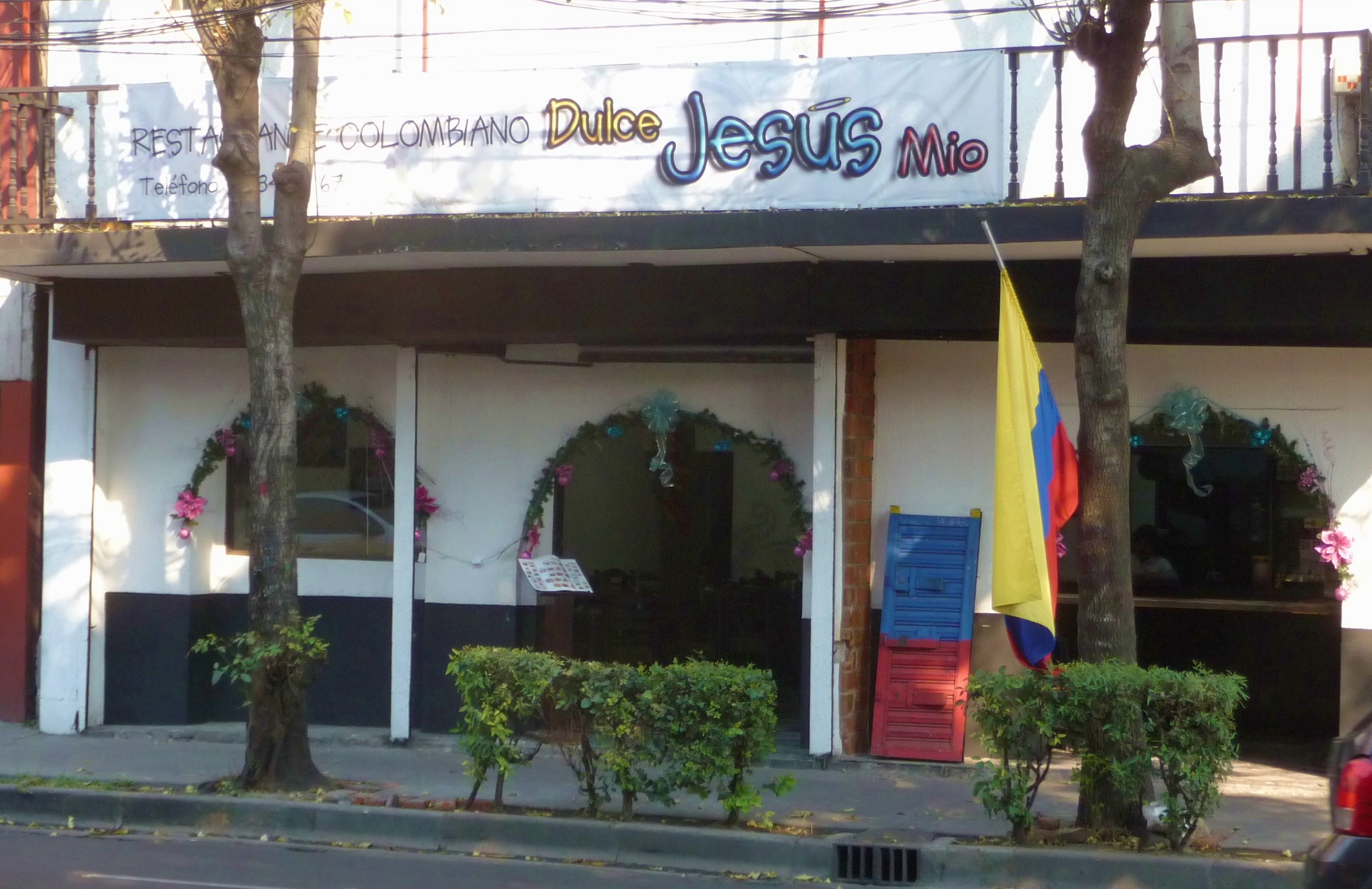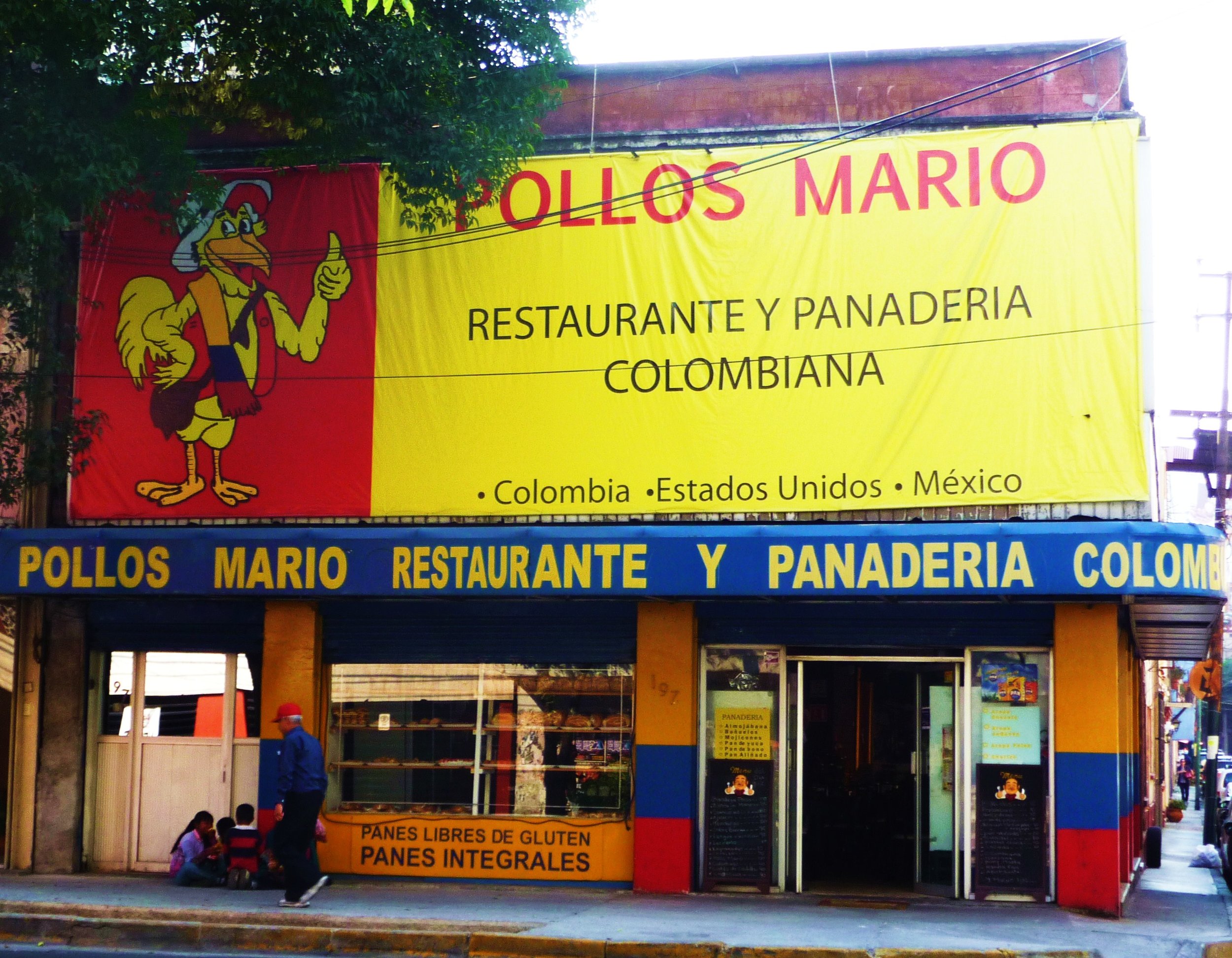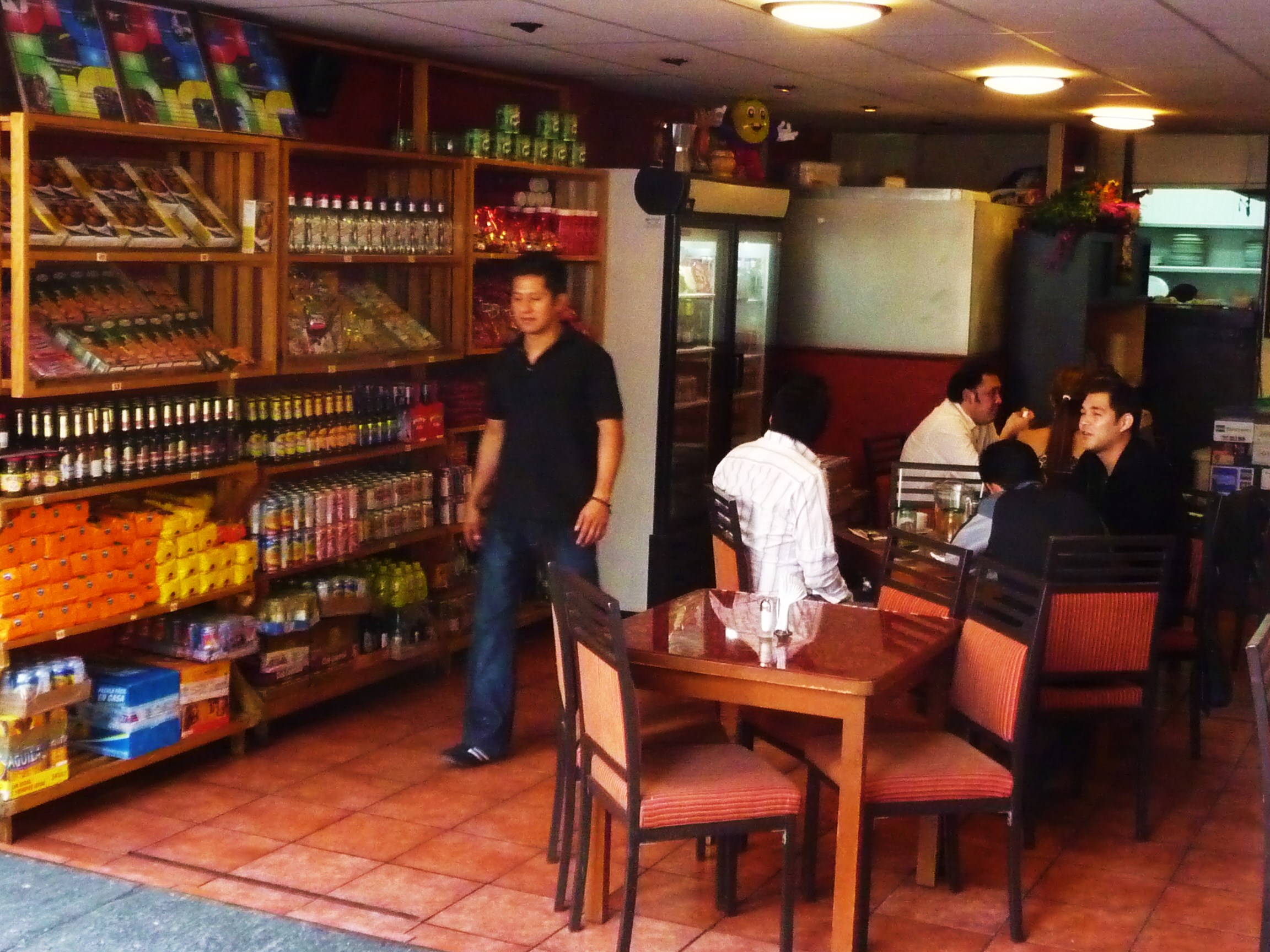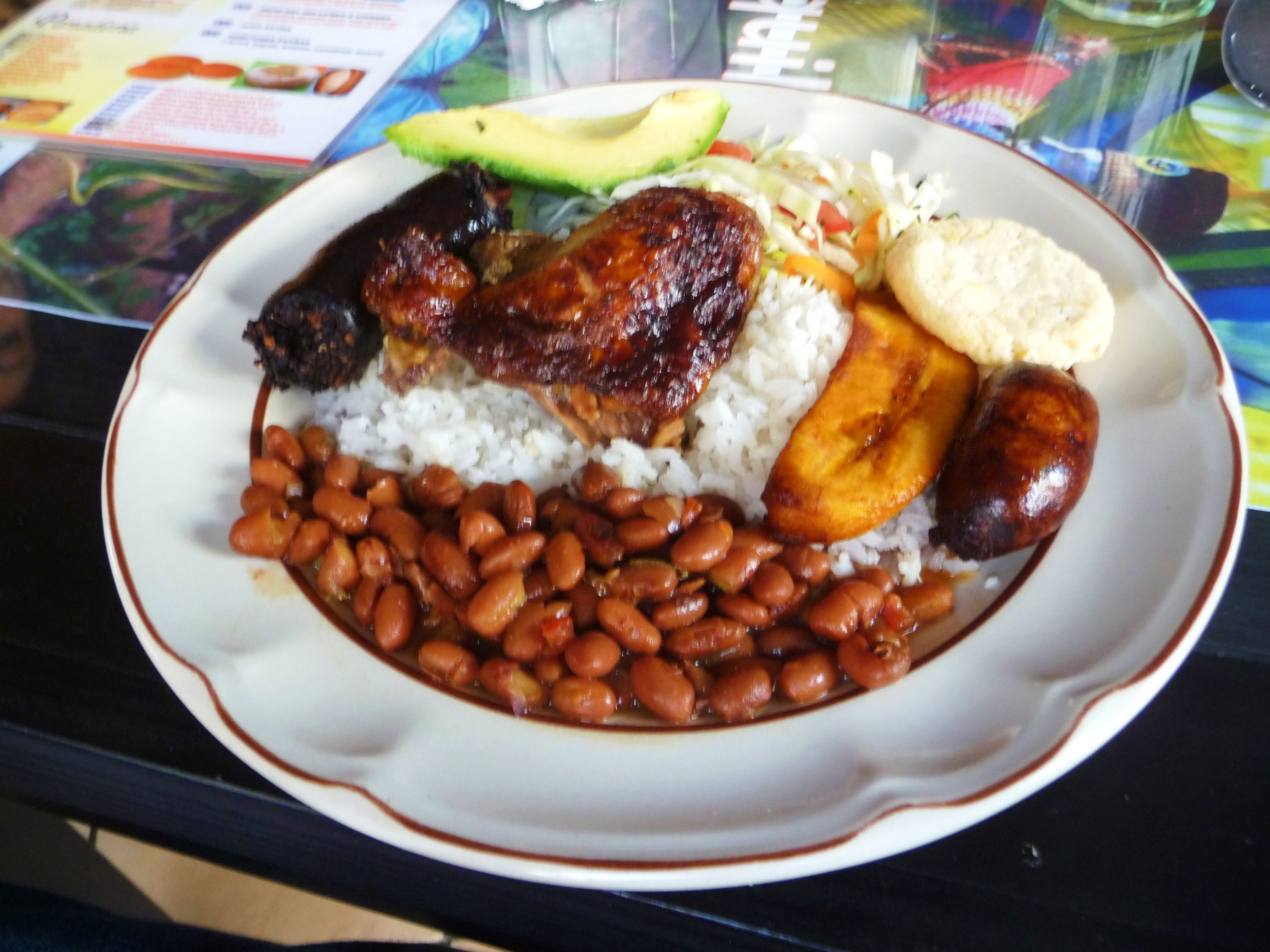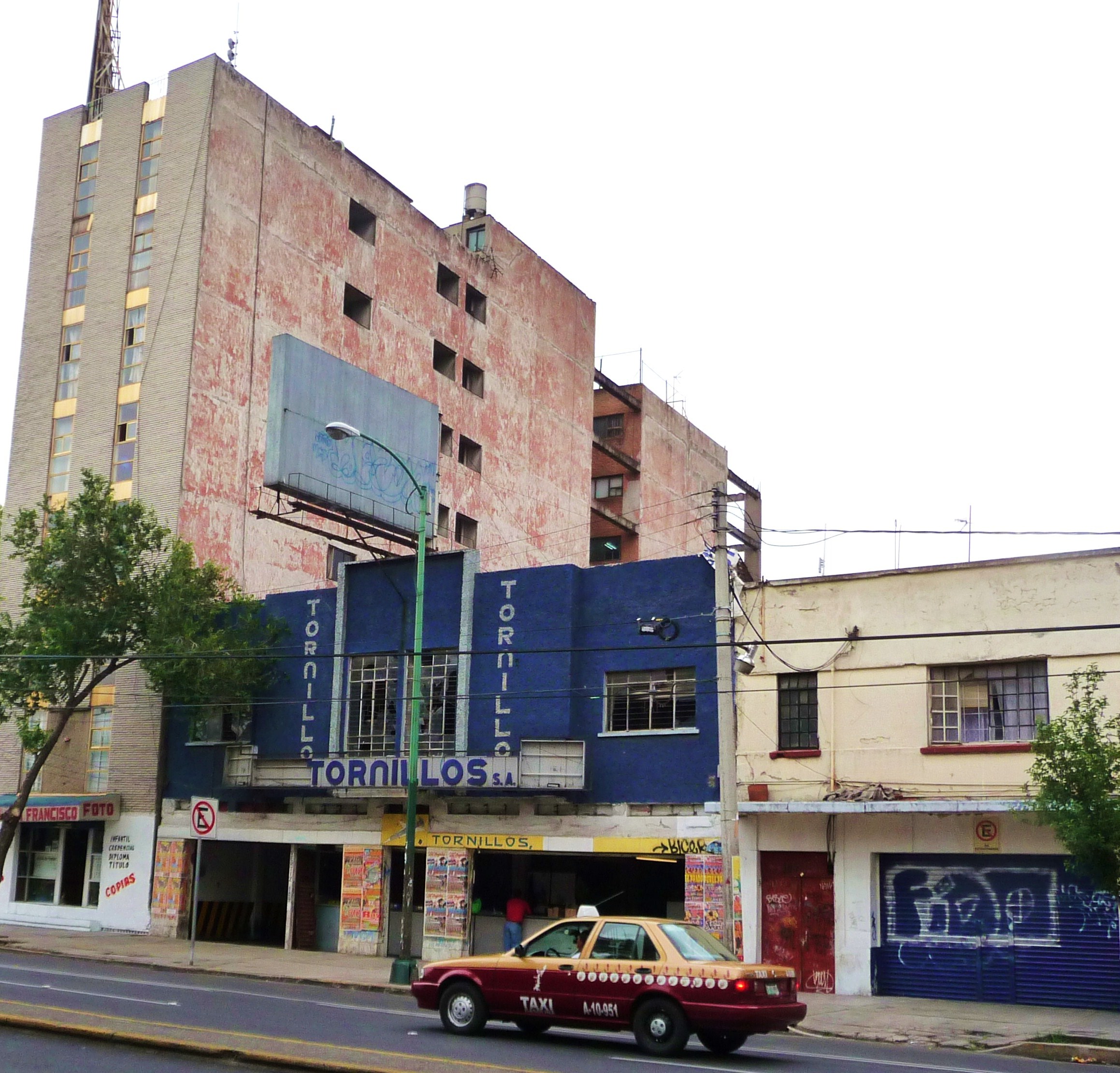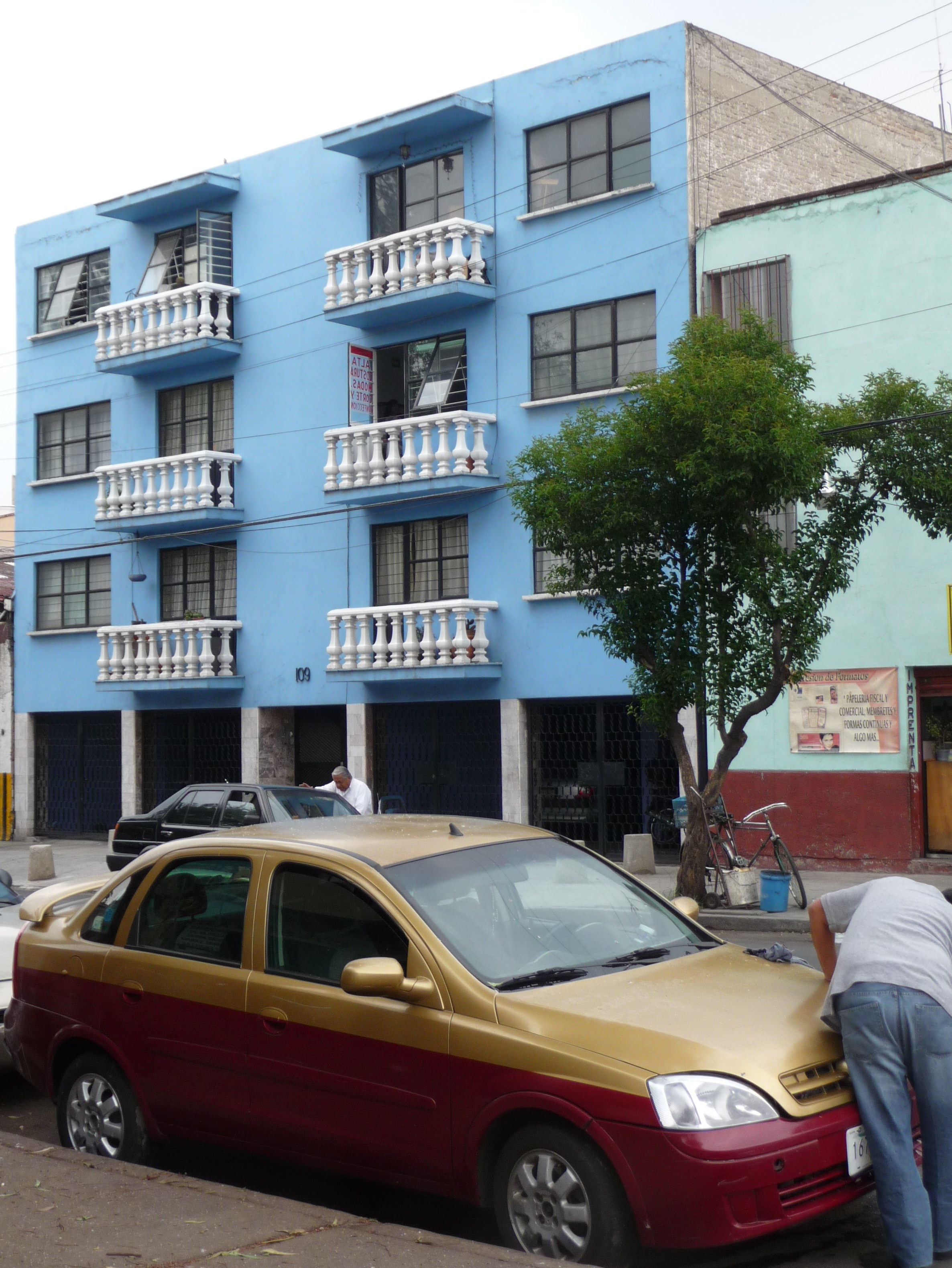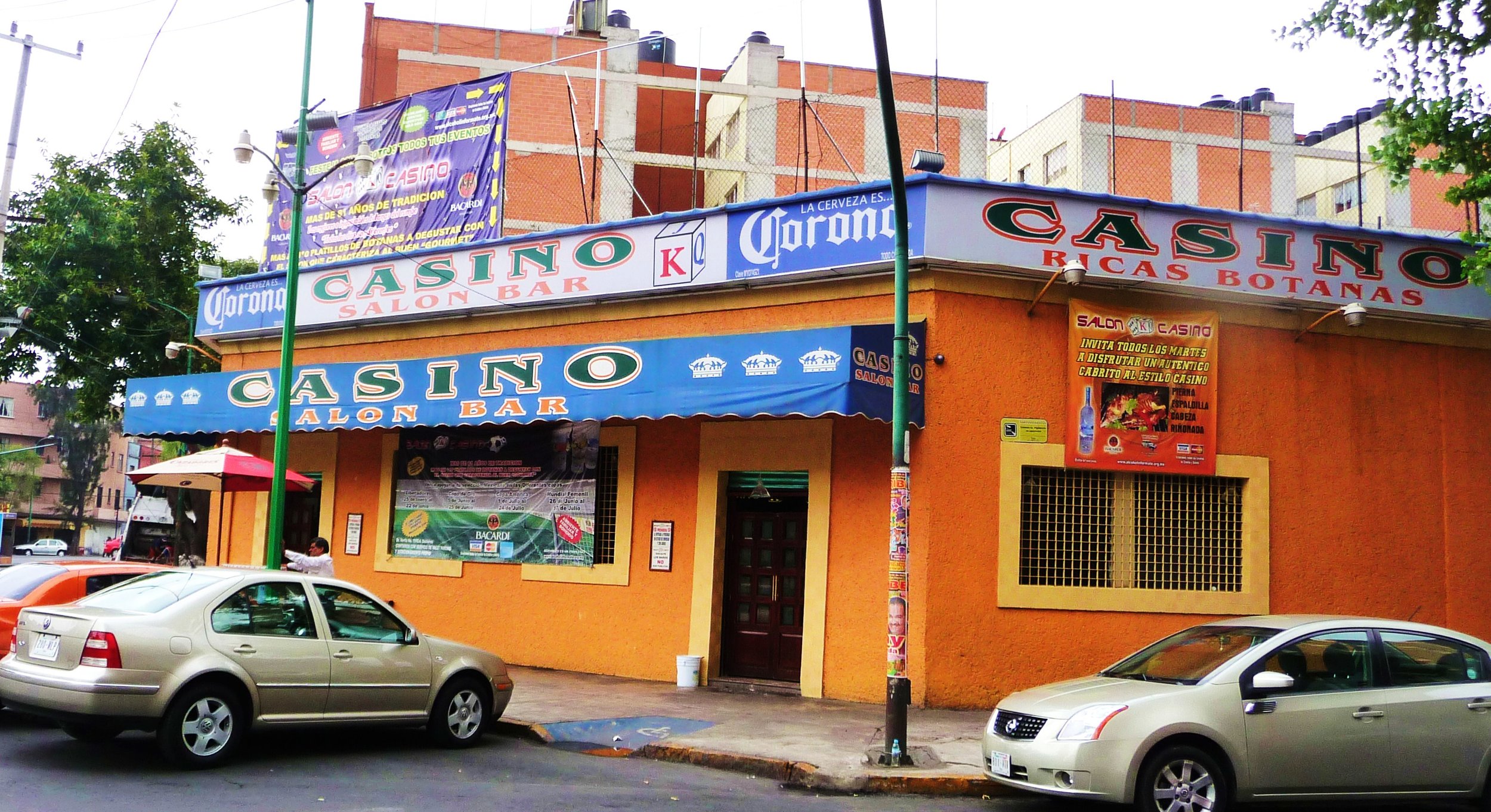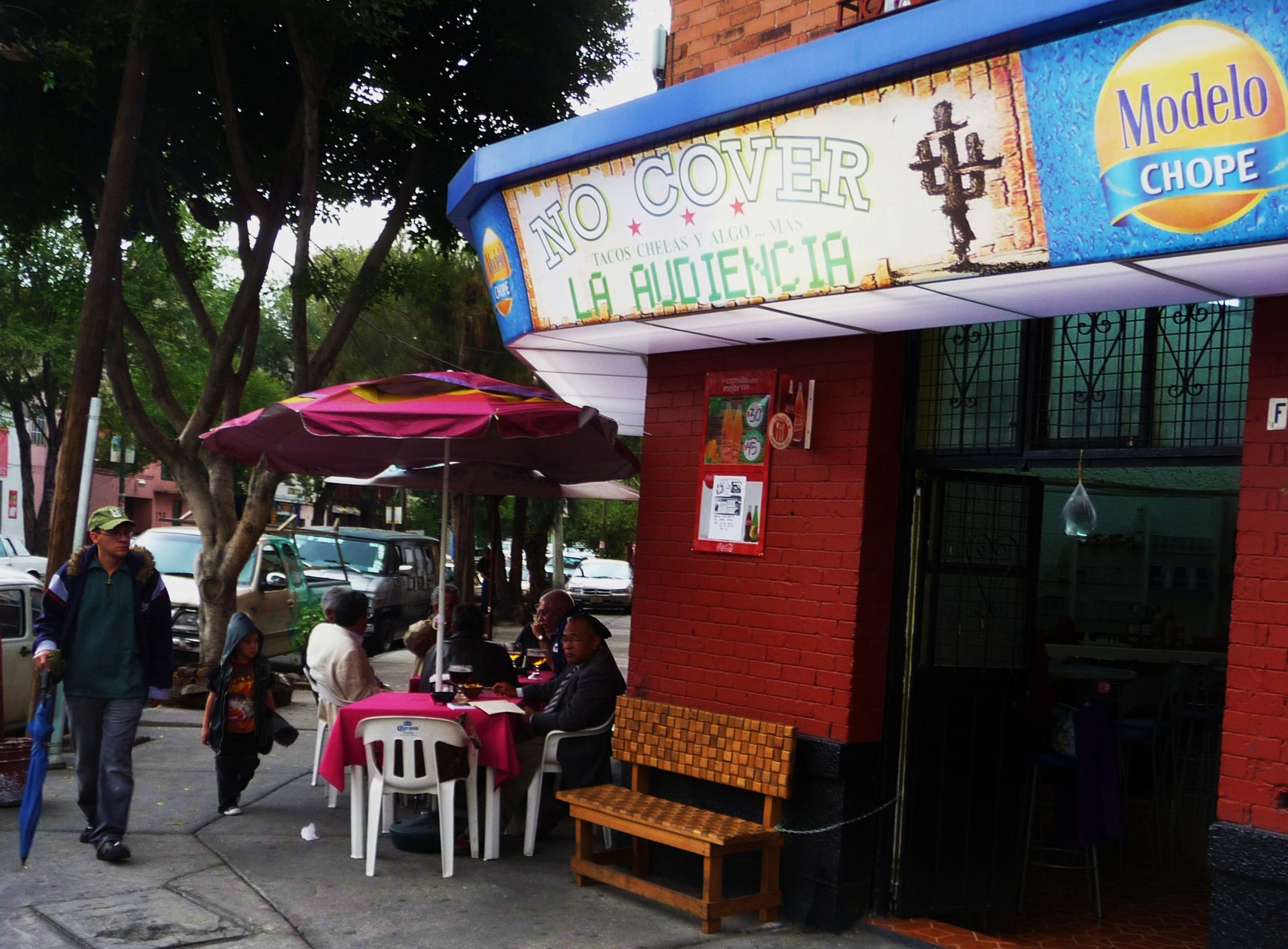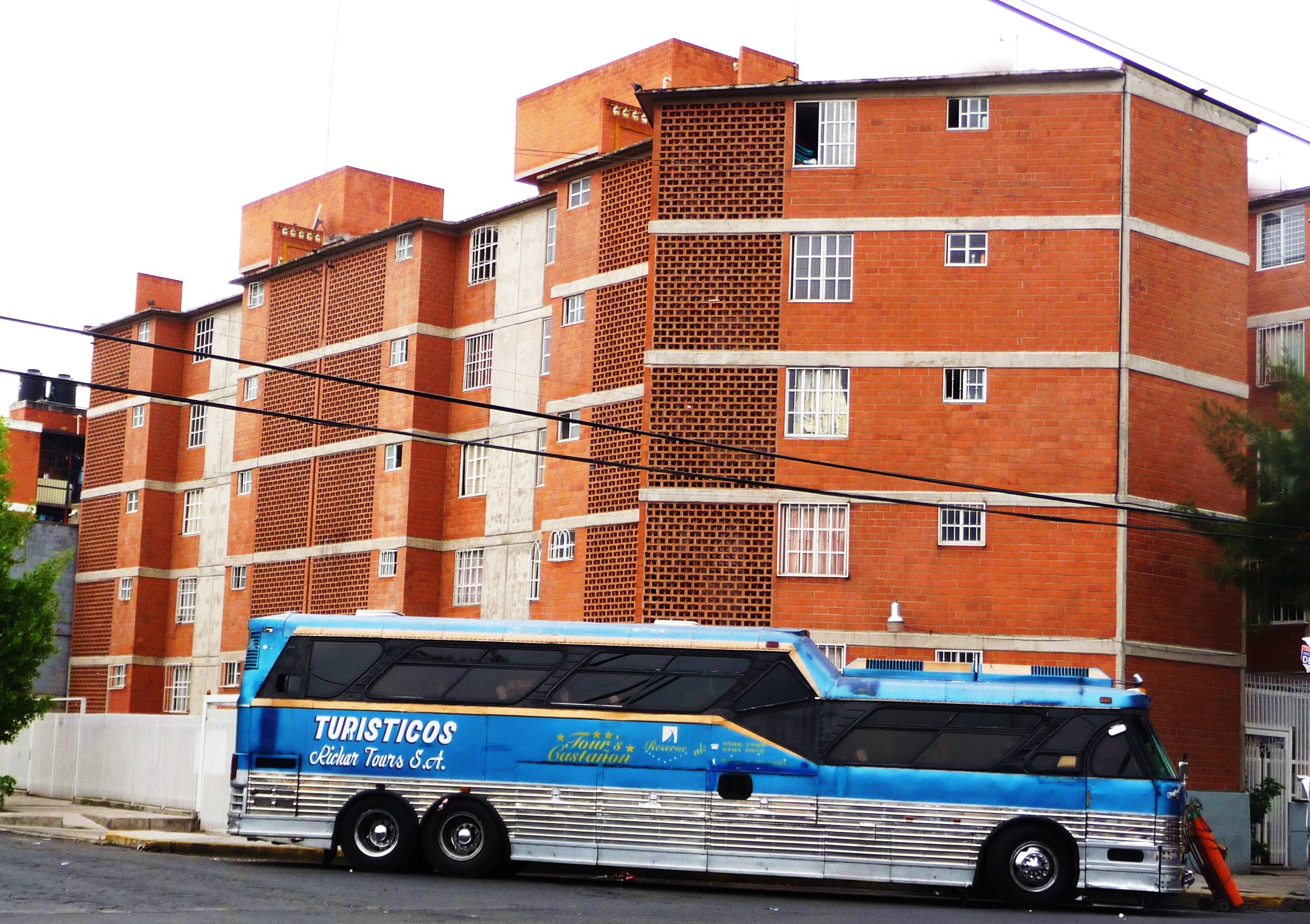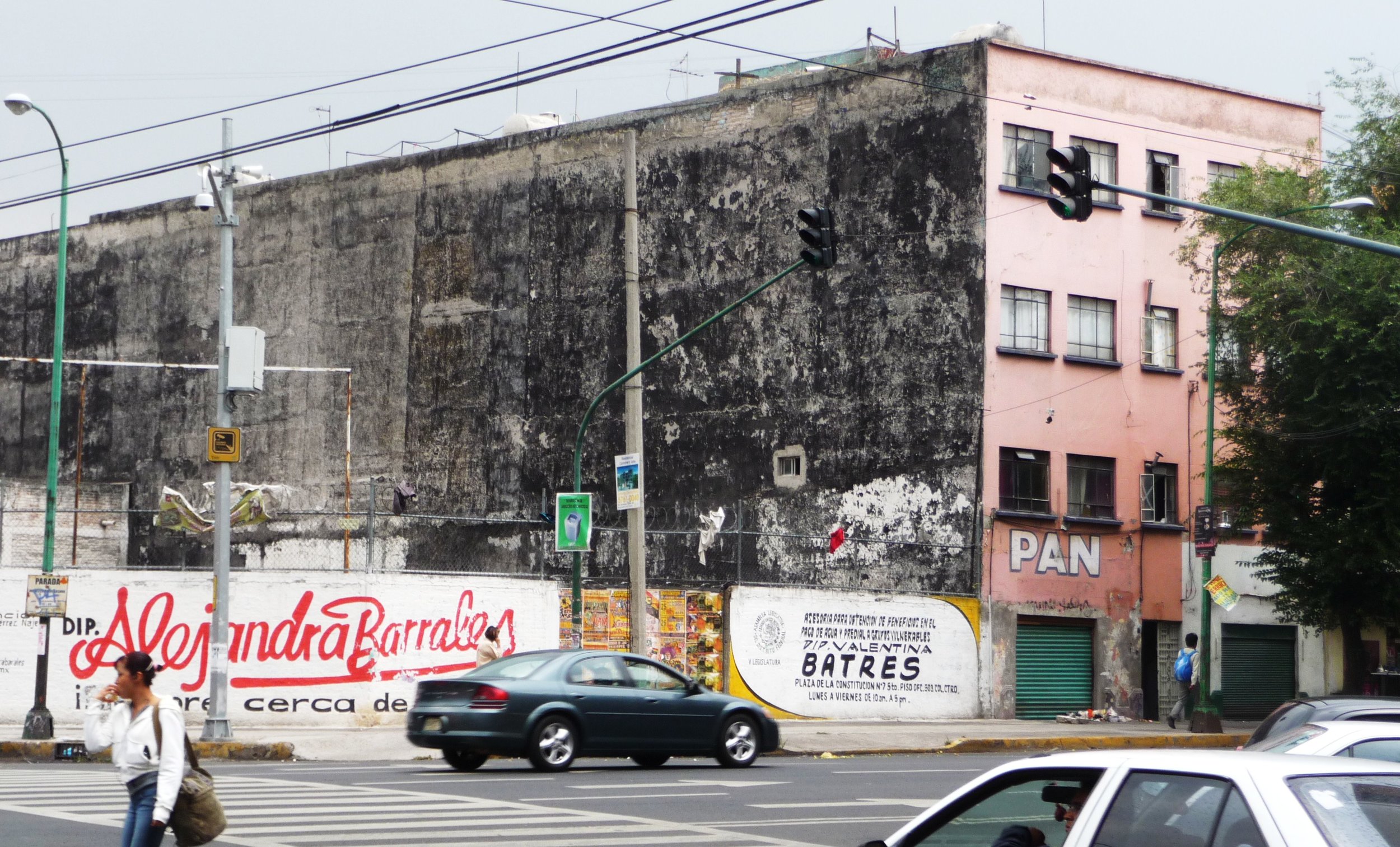Some of you may already know about Under the Volcano Books, which is as far as I know the only second-hand bookstore in Mexico City that sells exclusively books in English. The first-anniversary party is this coming Saturday the 27th, from noon to midnight, and the forty-peso entry fee includes complementary pulque, a couple of trendy dj's, the local bands Torrente and Kannski, and an appearance by yours truly at about 9 p.m. The owner of the store, Grant Cogswell, has found a cache of copies of my (hard-to-find, out-of-print) first book, Travel Advisory, a collection of short stories all of which are set in Mexico. I will be reading from that. The address is Cerrada Chiapas 40, which you will find by walking on Calle Chiapas between Córdoba and Mérida, Colonia Roma.
The day before, Friday the 26th at 8 pm, under the Carpa Café Literario Luis Cardoza y Aragón, across from the section of independent publishers at the Feria del Libro en el Zócalo, Magali Tercero and I will be presenting a new book by J.M. Servín (pictured above), Del duro oficio de vivir, beber y escribir desde el caos. Servín (who will also be there) is an anomaly in the literary firmament here. Unlike most Mexican writers who come from familias bien, he grew up among the struggling classes and barely finished la secundaria (junior high school). The book is a marvelous collection of essays, mostly about the writers who have influenced him -- a motley set of outsiders, mostly gringos, including Nelson Algren, Iceberg Slim, James Ellroy and Céline.
If you come to either event be sure to say hello.




